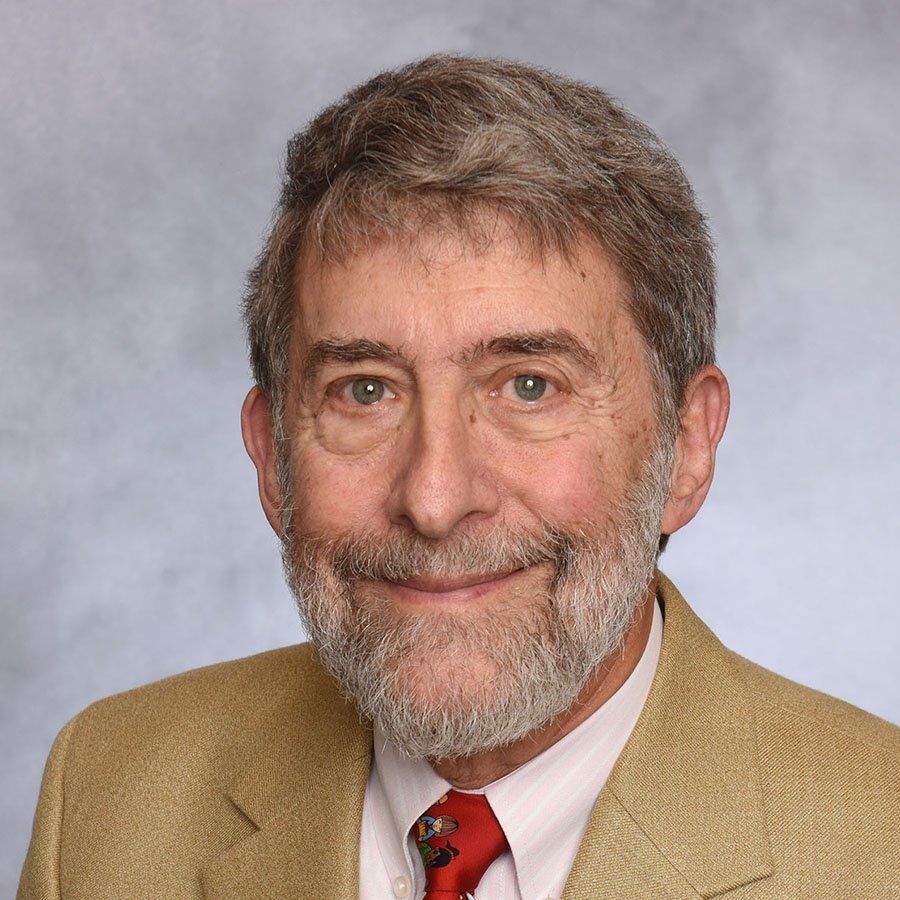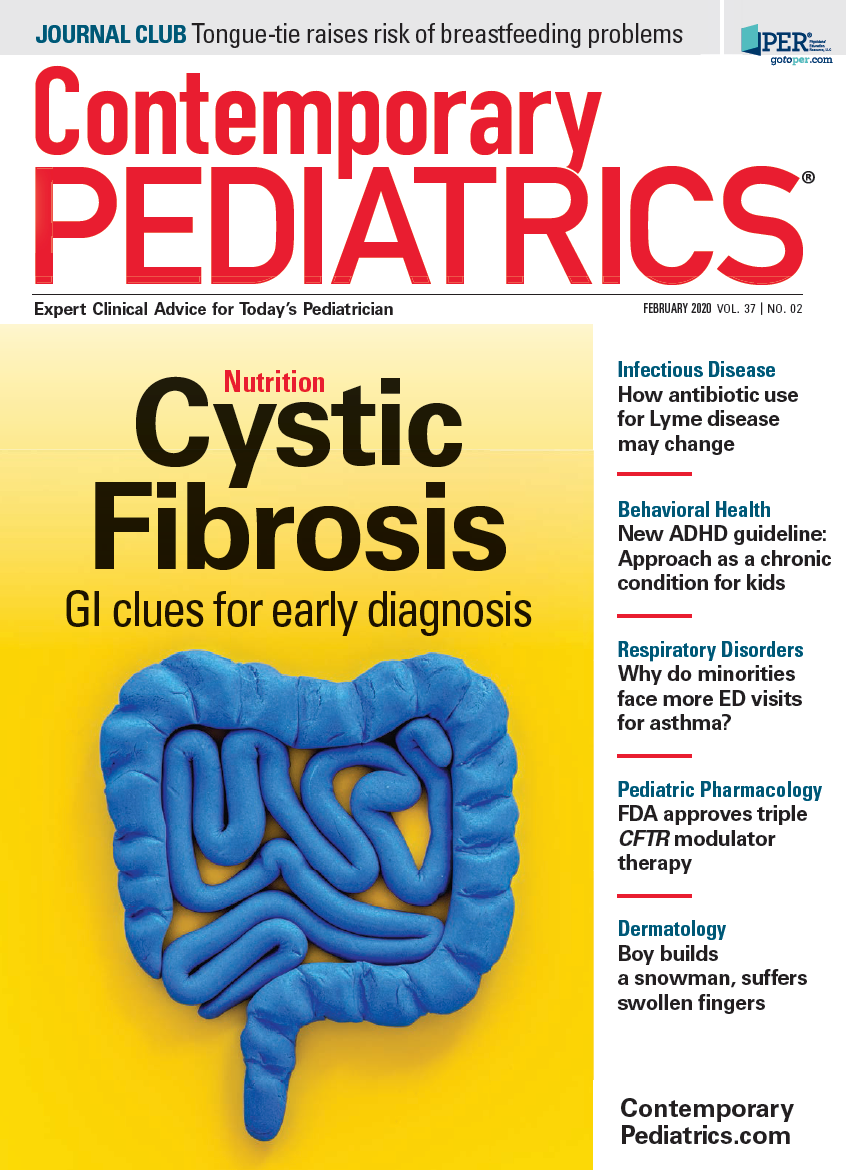ADHD guideline update: What's new, what's changed
Children with ADHD often face other psychological or behavioral issues, and a new update to the clinical practice guidelines for the condition address how to manage them.
Mark Wolraich, MD, FAAP

Attention-deficit/hyperactivity disorder (ADHD) is a lifelong disorder, commonly occurring in tandem with other problems, and the American Academy of Pediatrics (AAP) is recognizing this issue and how clinicians can tackle it with a guideline update.
The update to the clinical practice guidelines is the first since 2011, and changes focus on the evaluation, diagnosis, and treatment of ADHD in children aged 4 to 18 years. Although there are no major changes to how ADHD is managed, the guidelines highlight the need to address issues that the child may be experiencing outside of ADHD, such as learning and language disorders, anxiety, depression, and autism.
“Pediatricians need to be able to diagnose and treat preschool and school age children and adolescents with ADHD and at least screen them for most common co-occurring conditions including learning and language disorders, opposition defiant disorder, anxiety, depression, and exposure to trauma,” says Mark Wolraich, MD, FAAP.
Wolraich is the CMRI/Shaun Walters Professor of Pediatrics, chief of the Section of Developmental and Behavioral Pediatrics, and director of the Child Study Center at Oklahoma University Health Sciences Center in Oklahoma City. He was one of the lead authors of the guidelines and serves as chair of AAP’s Subcommittee on Children and Adolescents with Attention-deficit/hyperactivity disorder.
One major change in the new guidelines is that the diagnoses are now based on the Diagnostic and Statistical Manual of Mental Disorders, 5th Edition (DSM-5) with the changes that children aged 17 years and older require fewer behaviors to make a diagnosis and the symptoms need to be manifest before the age of 12 years instead of 7 years, he adds. The guidelines also stress the need to identify co-morbidities in children with ADHD.
“There is a greater emphasis on the need to consider ADHD a chronic condition emphasizing the need for developing a medical home that includes communication between the key players, families, teachers, mental health consultants, and the primary care practice,” Wolraich adds. “The supplemental materials now include a more extensive process of care algorithm to help the clinician implement the recommendations, and a paper that describes the likely barriers with suggestions as to how to address the barriers.”
Highlighting the fact that ADHD is a chronic condition, the guidelines emphasize the need to assess and monitor how well a child functions. Clinicians should manage ADHD in an ongoing manner as they would for other chronic conditions, the guideline notes, following the principles of the chronic care model and the medical home.
A historical perspective report published alongside the guidelines illustrates the need for careful management of ADHD, noting that is remains one of the most common behavioral conditions and the second most common chronic condition in children, with roughly 8% of children aged 4 to 17 years diagnosed with ADHD between 1997 and 2016. The historical report clarifies how stable the diagnosis and its treatments have been over the past 50 years, Wolraich says.
“It also described the importance of remembering that ADHD is a chronic condition with effective treatments that are unfortunately not curative so that continuity of care using chronic care principles is important to long term outcomes,” Wolraich adds. “The historical perspective also provides the role that the AAP has provided and continues to provide in helping primary care clinicians provide quality care.”
The report also updates the process of care algorithm to help clinicians understand how to use the guidelines, and provides supplemental material to help identify barriers to care. Other guidance includes the recommendation that a diagnosis of ADHD after age 17 years requires fewer behavioral problems to secure a diagnosis; that clinicians should rule out other comparable issues such as depression, anxiety, substance abuse, autism, and trauma before making an ADHD diagnosis; and that children aged younger than 6 years should receive behavior management from their parents as the first-line treatment. Other treatment recommendations remain virtually the same, with stimulants like methylphenidate and amphetamines being recommended as first-line medications, although a number of extended-release formulas have been added to the treatment roster since the last guideline was published. Second-line alternative medications recommended in the guidelines include atomoxetine, and the extended-release alpha-2 agonists guanfacine and clonidine.
“We hope that the guidelines will help take the quality of care for children with ADHD provided by primary clinicians to a new level by providing the instruction needed to achieve that goal,” Wolraich said.
